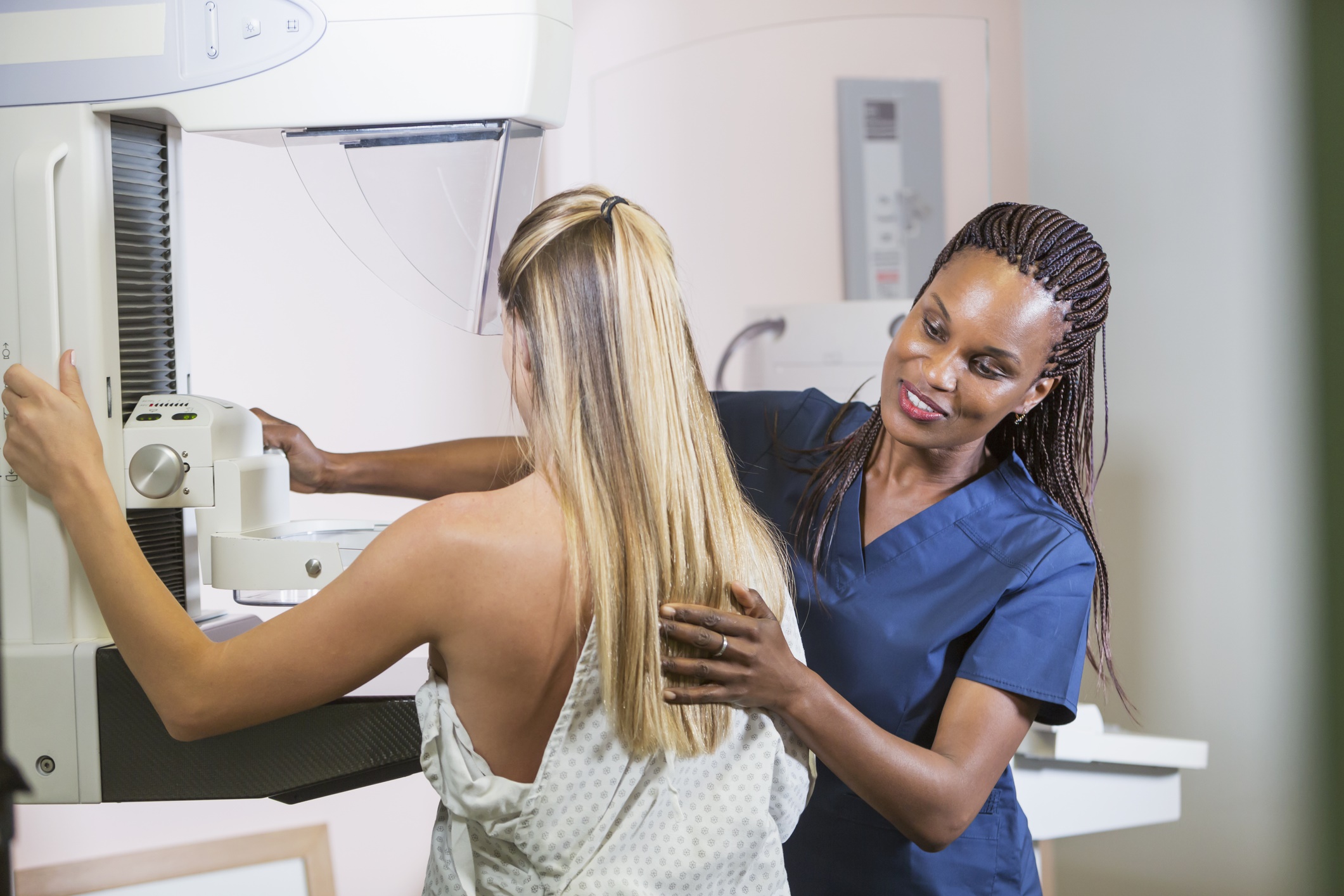Mammography, a key tool in breast cancer screening, has undergone significant advancements in technology and safety measures over the years.
Advances in Mammography Technology:
Digital Mammography: Digital mammography has largely replaced conventional film-screen mammography, offering improved image quality, faster image acquisition, and digital storage capabilities. This technology allows for better visualization of breast tissue, particularly in women with dense breasts.
3D Mammography (Tomosynthesis): Three-dimensional (3D) mammography, also known as tomosynthesis, provides multiple thin-slice images of the breast, reducing overlapping tissue and improving cancer detection rates.
Contrast-Enhanced Mammography: Contrast-enhanced mammography involves the use of intravenous contrast agents to improve the visualization of blood flow within breast lesions. This technique enhances the detection of suspicious areas and aids in characterizing breast abnormalities.
Automated Breast Ultrasound (ABUS): ABUS is a supplementary imaging modality used in women with dense breasts to improve the detection of breast cancers that may be obscured on mammography. It provides a detailed evaluation of breast tissue without exposing patients to ionizing radiation.
Safety Considerations in Mammography Screening:
Radiation Exposure: Mammography uses ionizing radiation to produce images of the breast. While the radiation dose from mammography is low and considered safe, efforts are made to minimize radiation exposure without compromising image quality. Modern digital mammography systems are designed to optimize radiation dose levels.
Compression Discomfort: Mammography requires breast compression to spread out breast tissue and obtain clear images. While breast compression can cause discomfort for some women, it is necessary to improve image quality and reduce motion artifacts. Technologists strive to minimize discomfort while ensuring adequate compression.
Breast Density Awareness: Breast density, a measure of the proportion of glandular and connective tissue relative to fat in the breast, can affect the accuracy of mammography. Women with dense breasts may benefit from additional screening modalities such as tomosynthesis or ultrasound to improve cancer detection rates.
Overall, mammography remains an essential tool in breast cancer screening, with ongoing advancements in technology and safety measures aimed at improving early detection and reducing the burden of breast cancer. Regular mammography screening, combined with clinical breast exams and self-breast awareness, plays a critical role in early detection and improving outcomes for women at risk of breast cancer.
![]()

